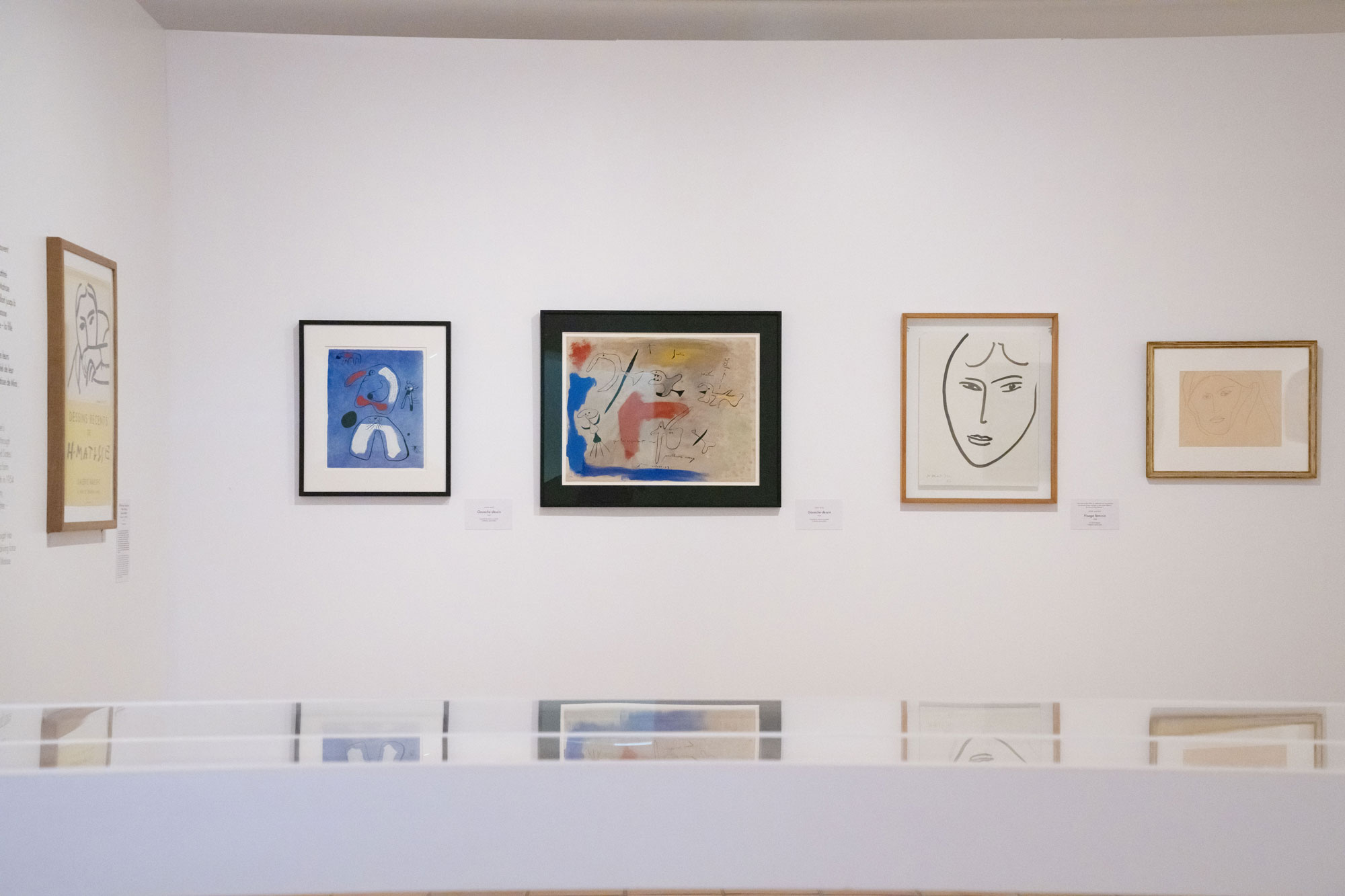
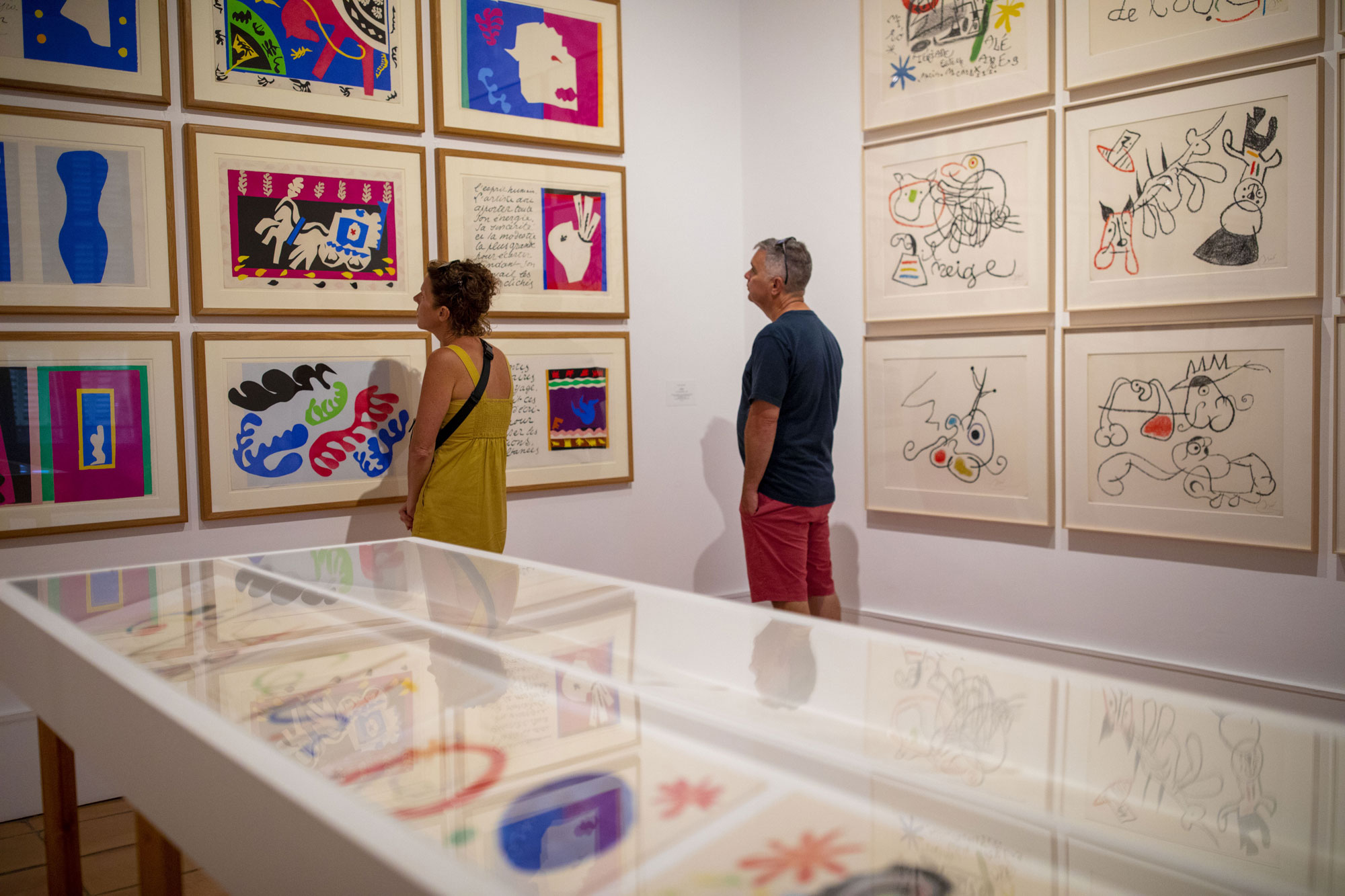
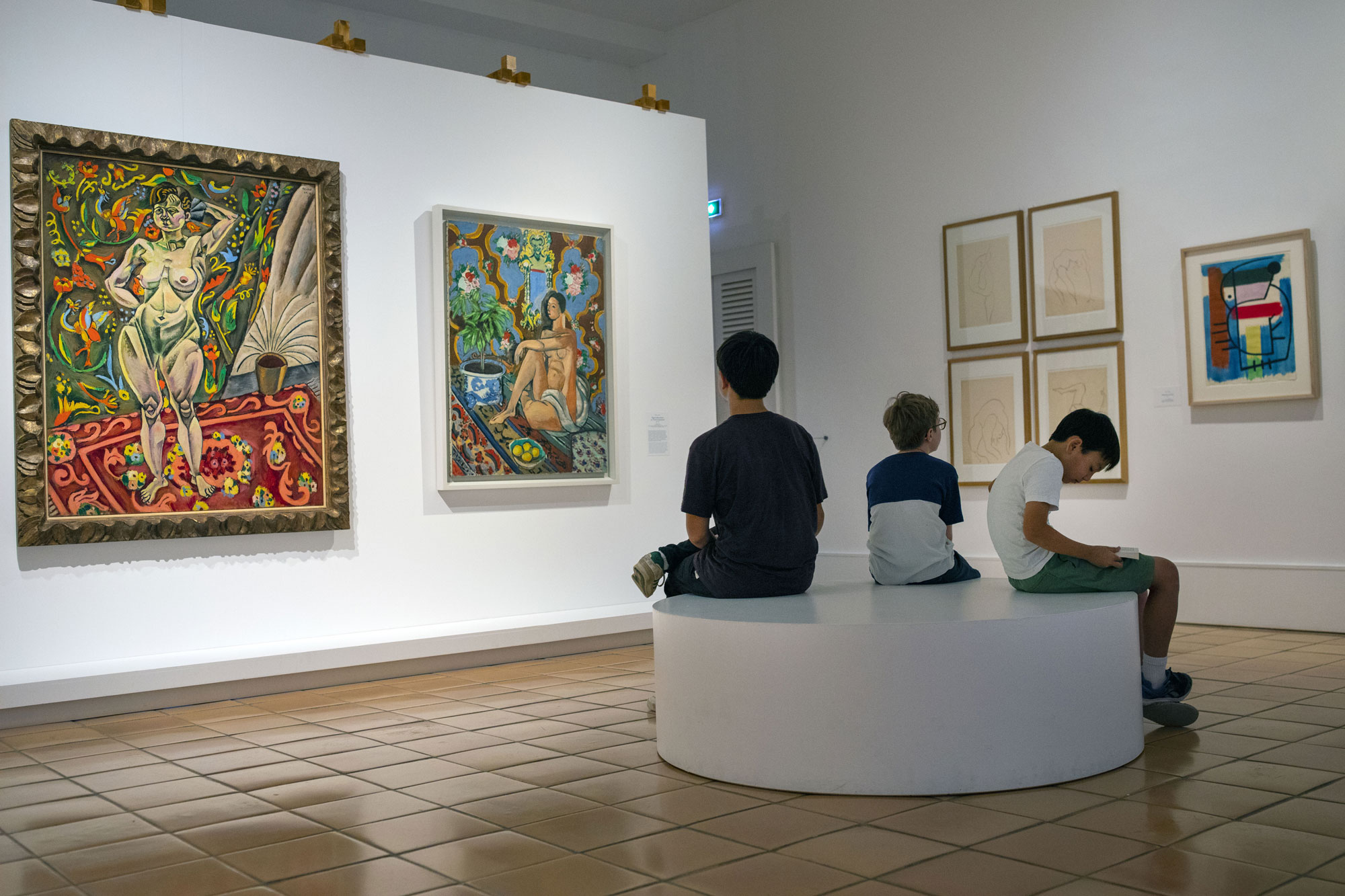
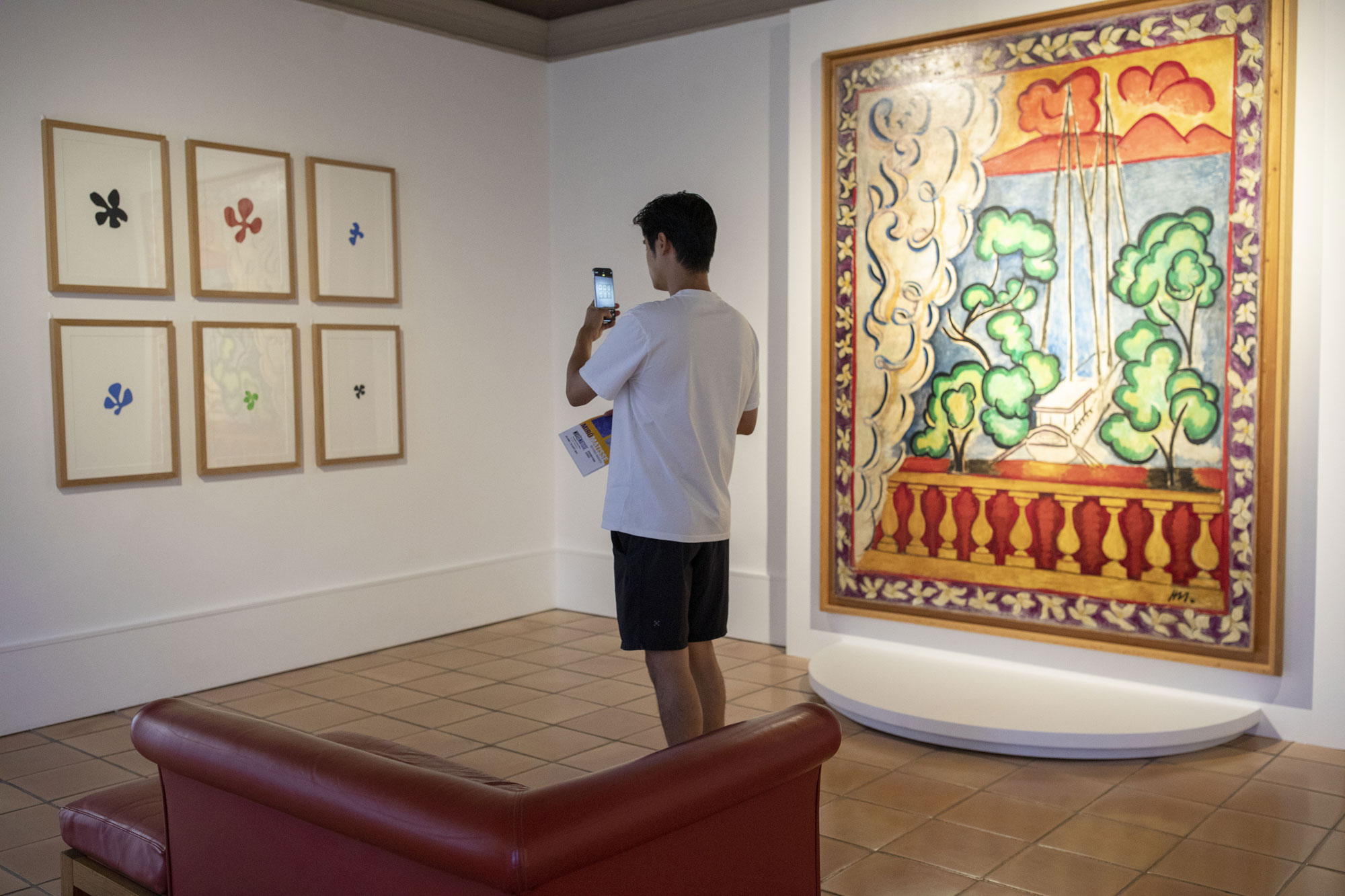
Although they were separated by almost three decades, Henri Matisse (1869-1954) and Joan Miró (1869-1954) had a profound influence on each other, coupled with great admiration at different stages of their careers. Indeed, Matisse considered Miró to be one of the artists he most admired. The exhibition reveals that during one of the crises in his life, he drew on, nourished and inspired by the Catalan painter's work to overcome his doubts. Miró, for his part, saw in Matisse the right influence of Fauvism, to which he wished to pay tribute throughout his life.
Through more than a hundred works, the exhibition also highlights their ongoing commitment to challenging Western pictorial tradition. In Matisse's case, this is particularly apparent in his brightly coloured compositions, in which human figures, decorative motifs and objects are treated on an equal footing. Miró's development of a simplified pictorial language, tending towards abstraction with the presence of ideograms in particular, contrasts with the productions of academic painting.
The Musée Matisse in Nice's chronological exhibition highlights Miró's desire to break away from figurative painting and his quest for freedom. Miró's View of Notre-Dame in 1914, for example, offers a profoundly abstract vision of the building.
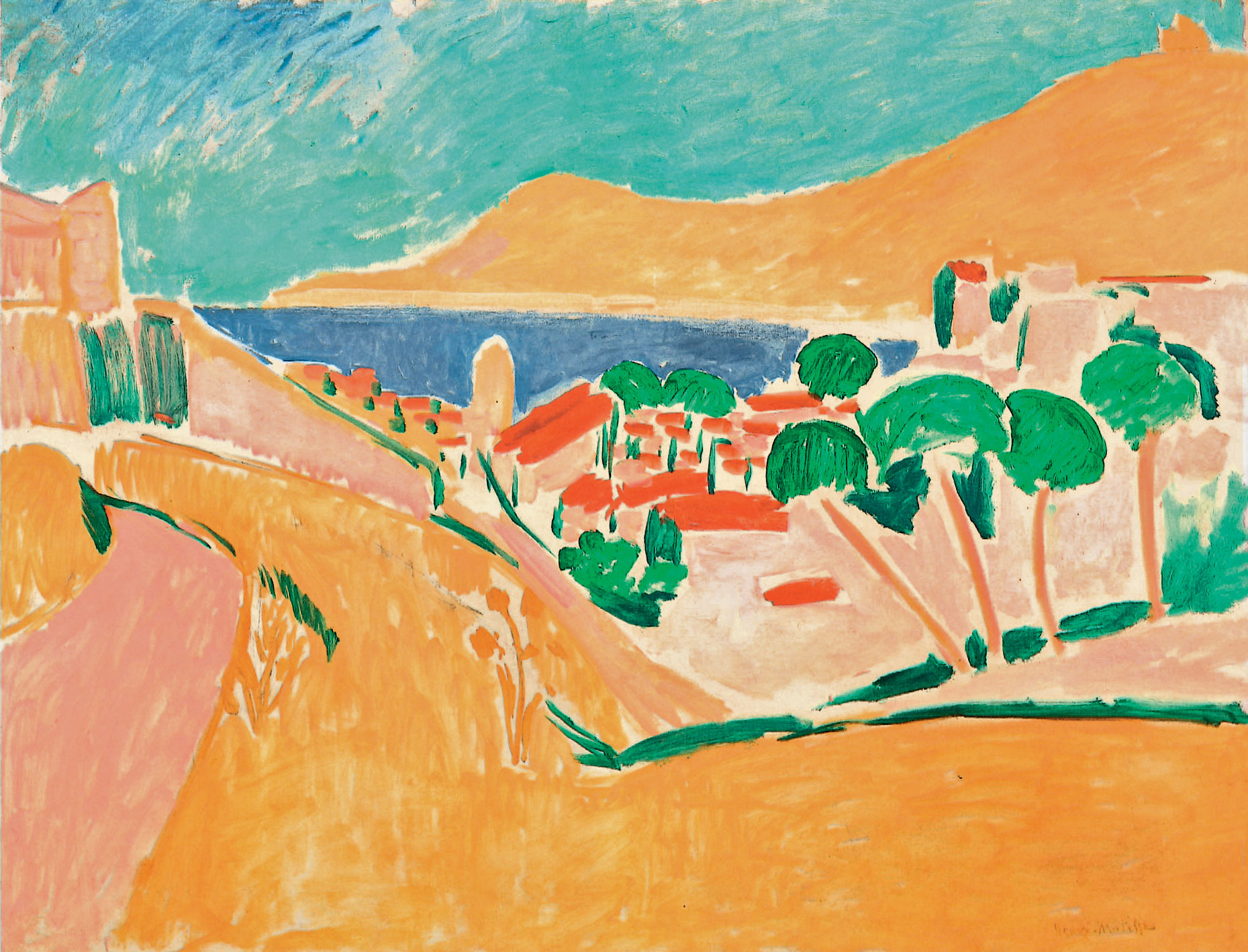
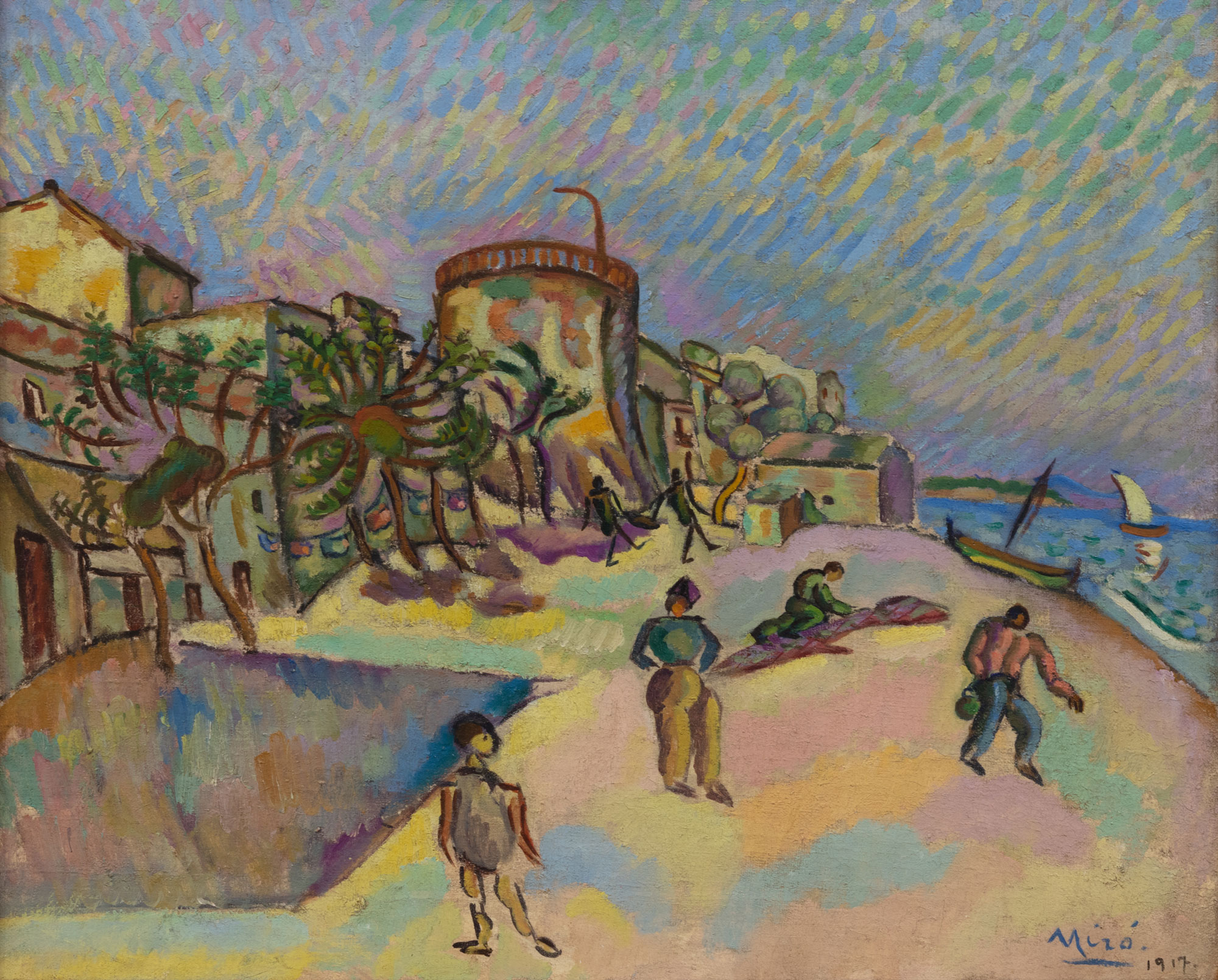
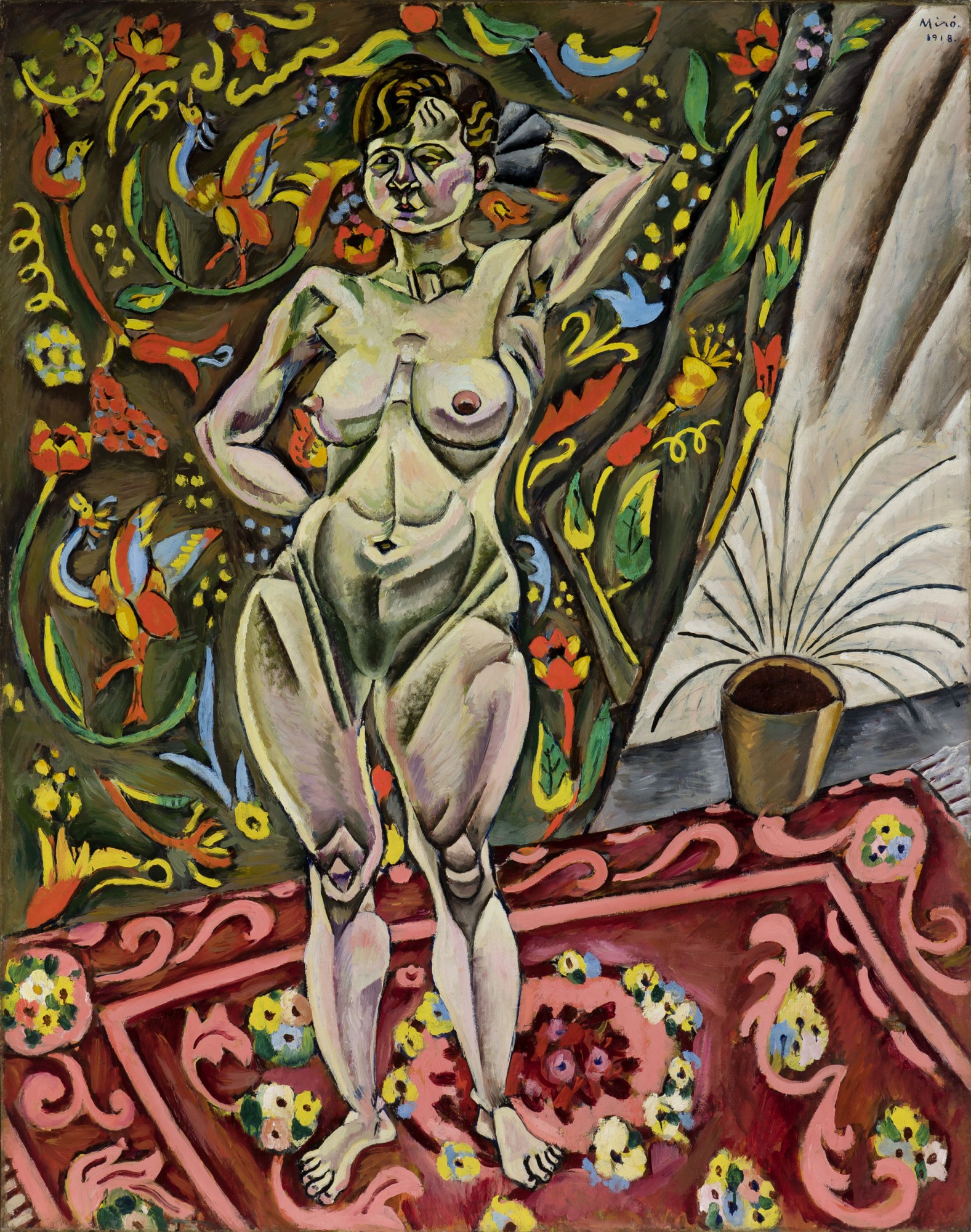
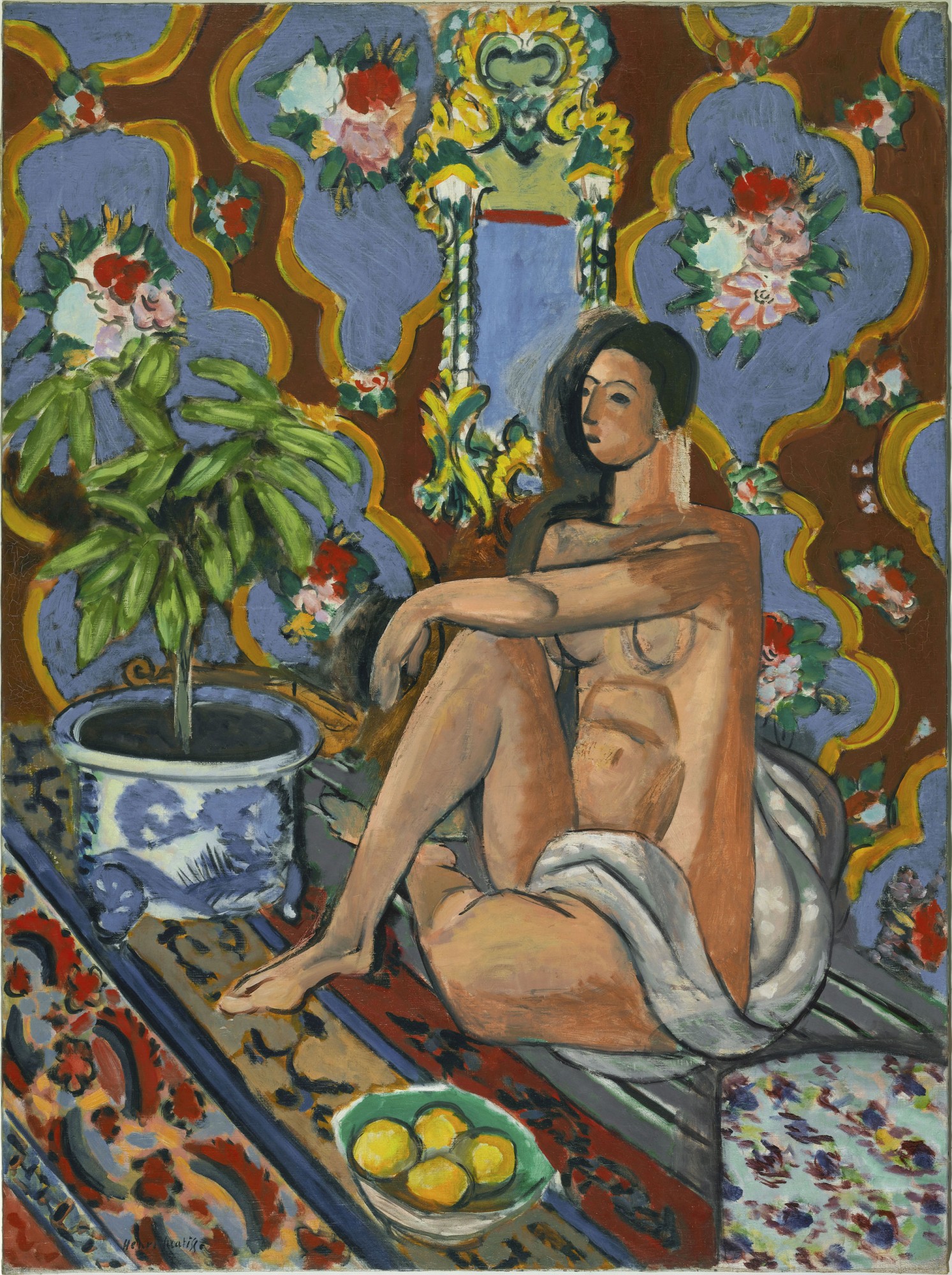
Although they were affiliated to two artistic movements with different ambitions - Fauvism for Matisse, which advocated the use of colour in favour of other elements, and Surrealism for Miró, based on dreamlike imagery, chance and the unconscious - they both developed shared friendships. Artists, critics and art dealers such as Louis Aragon, André Breton, Aimé Maeght and Pierre Matisse helped them not only to pursue the ideas they had developed around their work, but also to forge closer ties. In fact, it was thanks to Henri Matisse's son Pierre, with whom he maintained a long professional and friendly correspondence, that Miró enjoyed a major reputation in the United States in the 1930s.
Throughout the exhibition, visitors will also discover the diversity and similarity of the forms of expression employed by these prolific artists. From illustrated magazines published by Tériade to monumental paintings such as the Chapelle du Rosaire in Vence for Matisse and the dining room of the Terrace Plaza Hotel in Cincinnatti for Miró, each artist explores the variety of media available to them with infectious creativity.
Rather than pointing out the differences and similarities between these two pillars of modern art, the aim is above all to show how one artist can be nourished by another and vice versa. Beyond the images that are attached to Matisse and Miró, the importance of surrounding oneself with guides, references and developing exchanges to refine one's language and develop a singular and powerful work is underlined here.